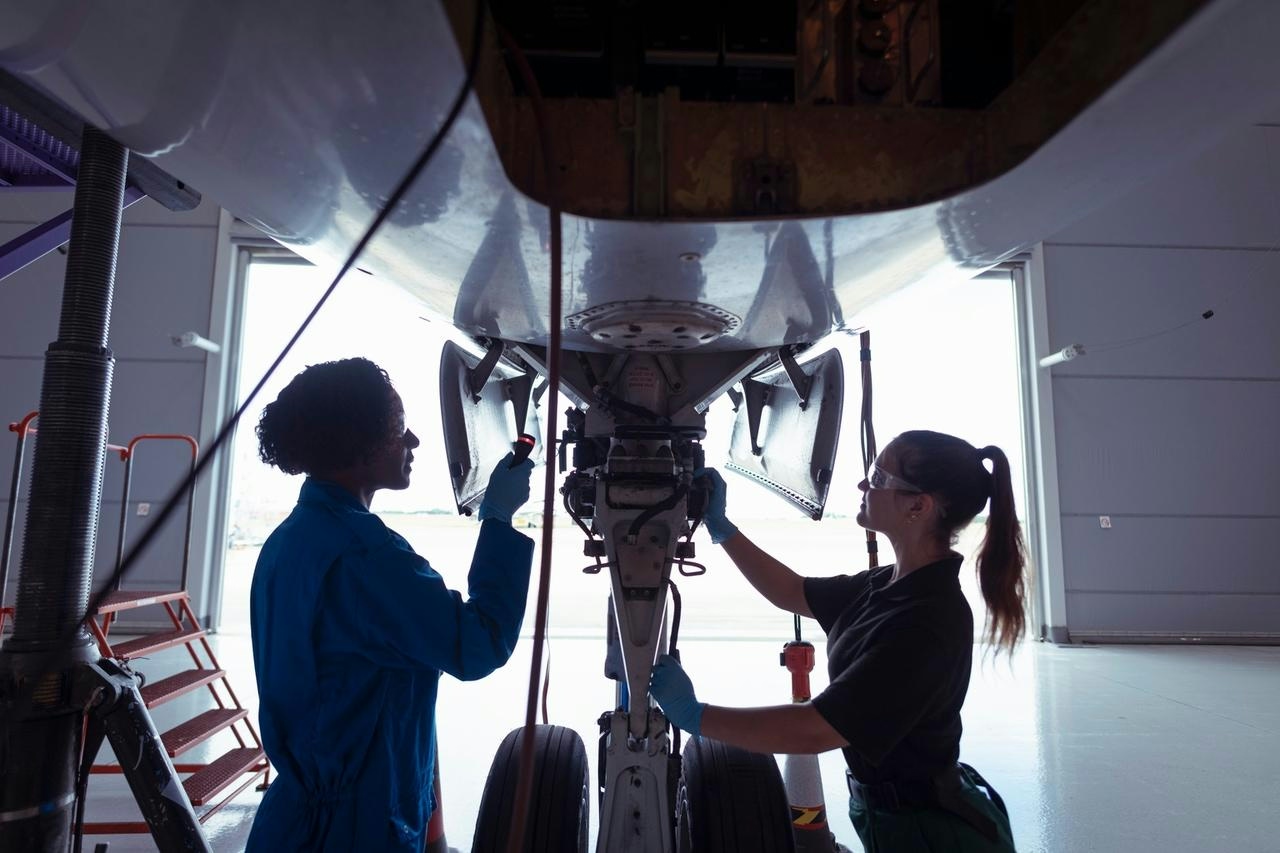
AeroGenie: Su copiloto inteligente.
Tendencias
Categories
New Software Enhances Flight Efficiency
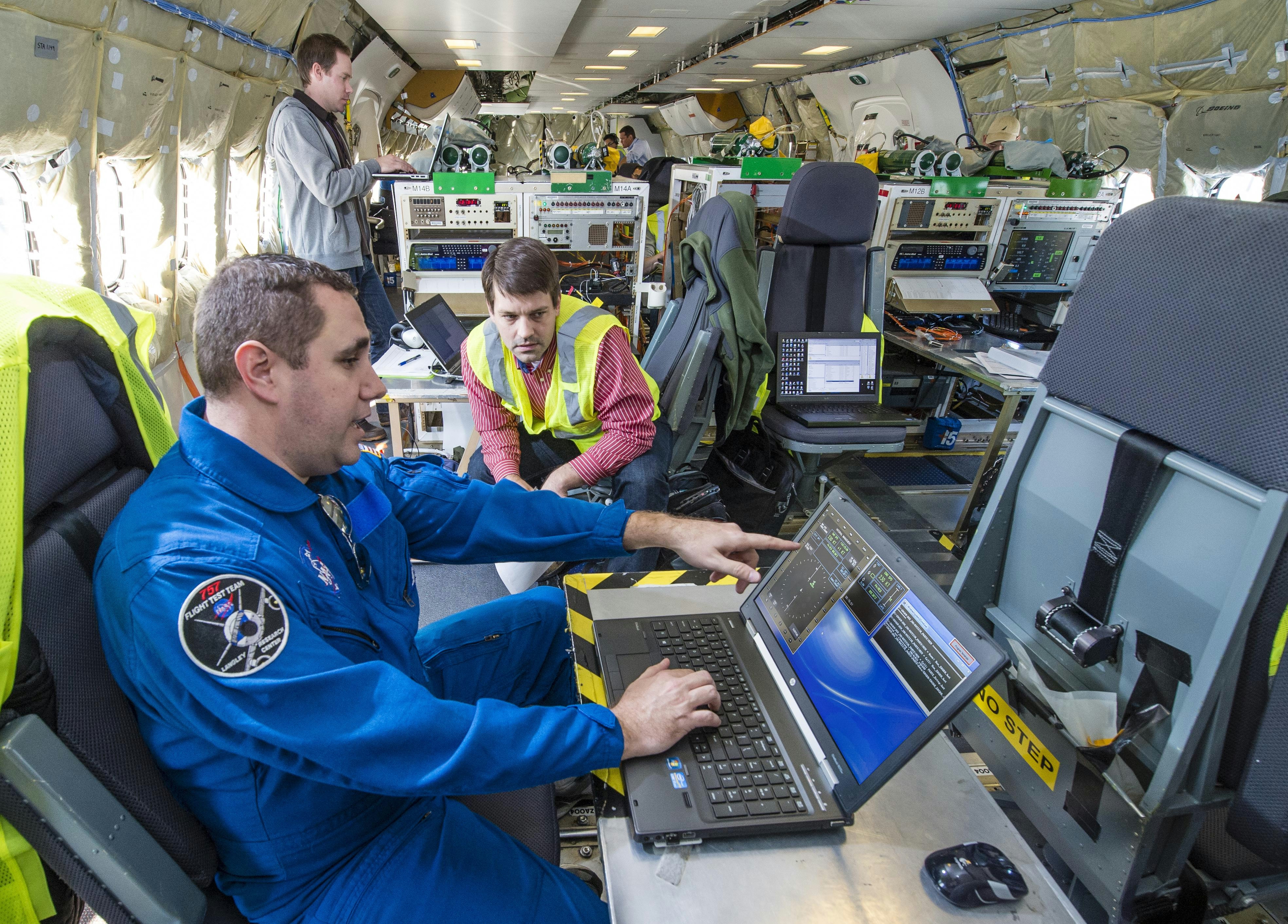
New Software Enhances Flight Efficiency
Modernizing Air Traffic Communications
Air traffic control (ATC) authorities worldwide have long contended with outdated messaging systems that are operationally cumbersome, inflexible, and ill-suited to the demands of contemporary aviation. These legacy platforms often impede cross-border coordination and struggle to accommodate the increasing volume of air traffic, creating significant challenges for efficient airspace management.
In response, SITA has introduced ATC Bridge, a cloud-based Software as a Service (SaaS) platform designed to modernize and streamline air traffic communications. Currently pending patent approval, the platform offers a secure, scalable, and cost-effective alternative to traditional systems. It targets Civil Aviation Authorities, Air Navigation Service Providers (ANSPs), and regulators who require fast, reliable, and adaptable communication across the International Civil Aviation Organization’s (ICAO) Air Traffic Services (ATS) Messaging Handling System (AMHS).
Features and Industry Impact
ATC Bridge incorporates a new AMHS Gateway that facilitates the secure and reliable exchange of large volumes of messages. As a fully managed cloud solution, it eliminates the need for physical infrastructure, enabling remote access and real-time collaboration across borders and departments. This flexibility is particularly critical as the aviation sector faces mounting pressure to manage growing traffic volumes with constrained resources.
Martin Smillie, senior vice president of communications and data exchange at SITA, emphasized the platform’s potential to transform air traffic management. He noted that air navigation service providers are increasingly tasked with handling rising traffic and modernizing systems under tight budgetary constraints. Legacy communication systems, he explained, are costly, rigid, and complex to maintain. By transitioning to a secure, cloud-based platform, ATC Bridge offers aviation authorities the agility, speed, and resilience necessary to collaborate effectively and meet the demands of modern air traffic control.
The platform is designed for rapid deployment and budget-conscious procurement, employing a subscription-based pricing model that scales according to customer needs. By removing the requirement for expensive hardware, software licenses, and ongoing IT maintenance, ATC Bridge reduces the total cost of ownership and broadens access to advanced communication capabilities, including for emerging markets.
Security is a central focus of the platform’s design, incorporating encryption, strict access controls, connection authentication, anti-virus protection, and regular audits. Automatic updates ensure compliance with international aviation standards and protocols established by ICAO and the International Air Transport Association (IATA).
Challenges and Market Dynamics
Despite its advantages, the transition to new digital platforms presents challenges. Integrating ATC Bridge with existing systems, ensuring seamless data migration, and achieving widespread adoption across the airline industry remain potential obstacles. The market is responding swiftly, with airlines and service providers increasingly seeking digital solutions to enhance operational efficiency. Recent data indicates that 97% of defense and aerospace decision-makers prioritize maintaining mission readiness, reflecting the sector’s strong appetite for innovation.
As SITA’s ATC Bridge enters the competitive landscape, rival companies may accelerate the development of their own efficiency-enhancing software or invest in complementary technologies to sustain their market positions. This intensifying competition is expected to drive further advancements in digital solutions aimed at improving the efficiency and resilience of global air traffic operations.

flydubai Signs Agreement with GE Aerospace for 60 GEnx-1B Engines
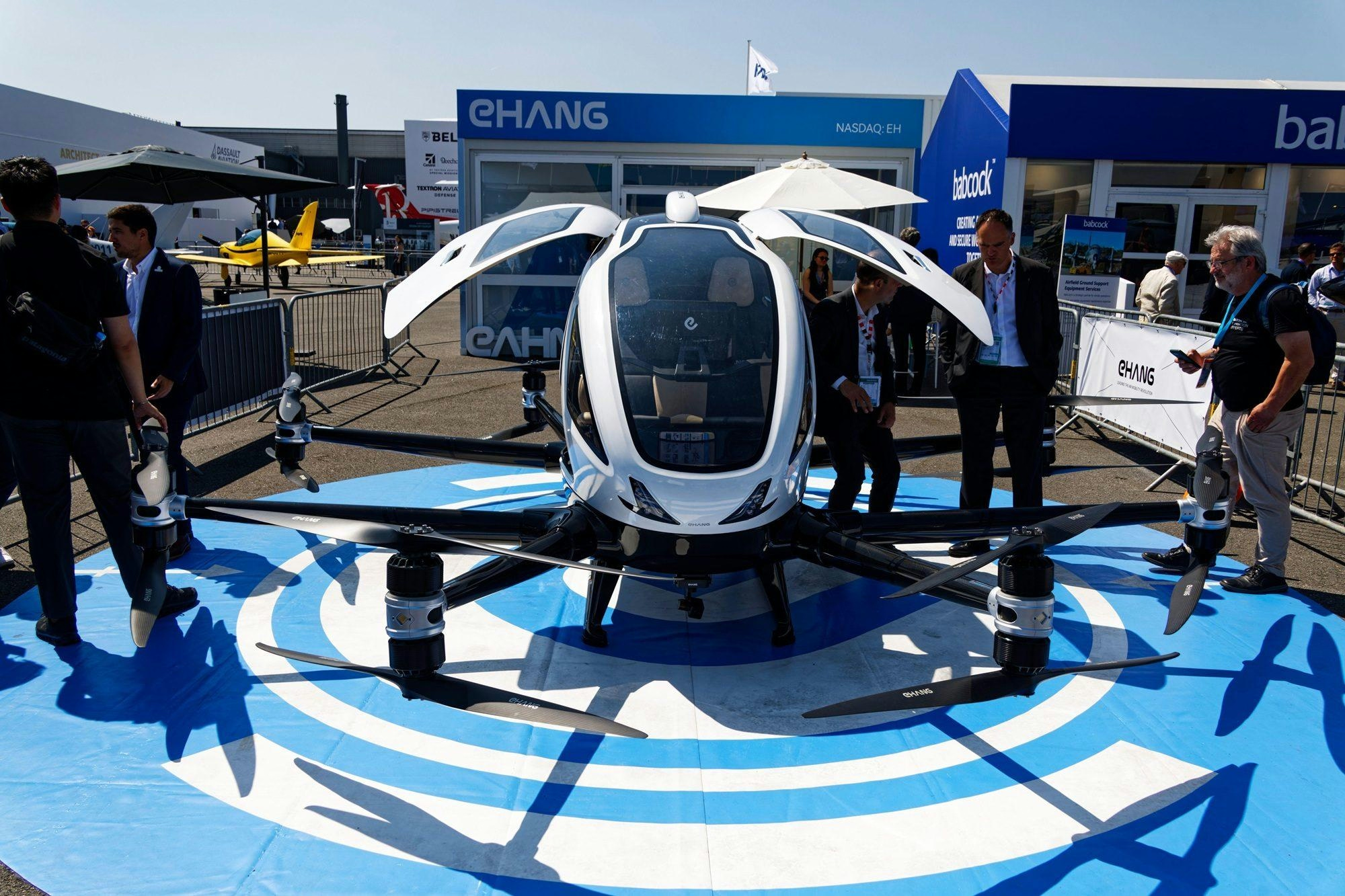
Flying taxi travel to be as easy as ordering an Uber, Dubai Airshow exhibitors say

Inside Zipline’s Approach to Drone Safety Testing
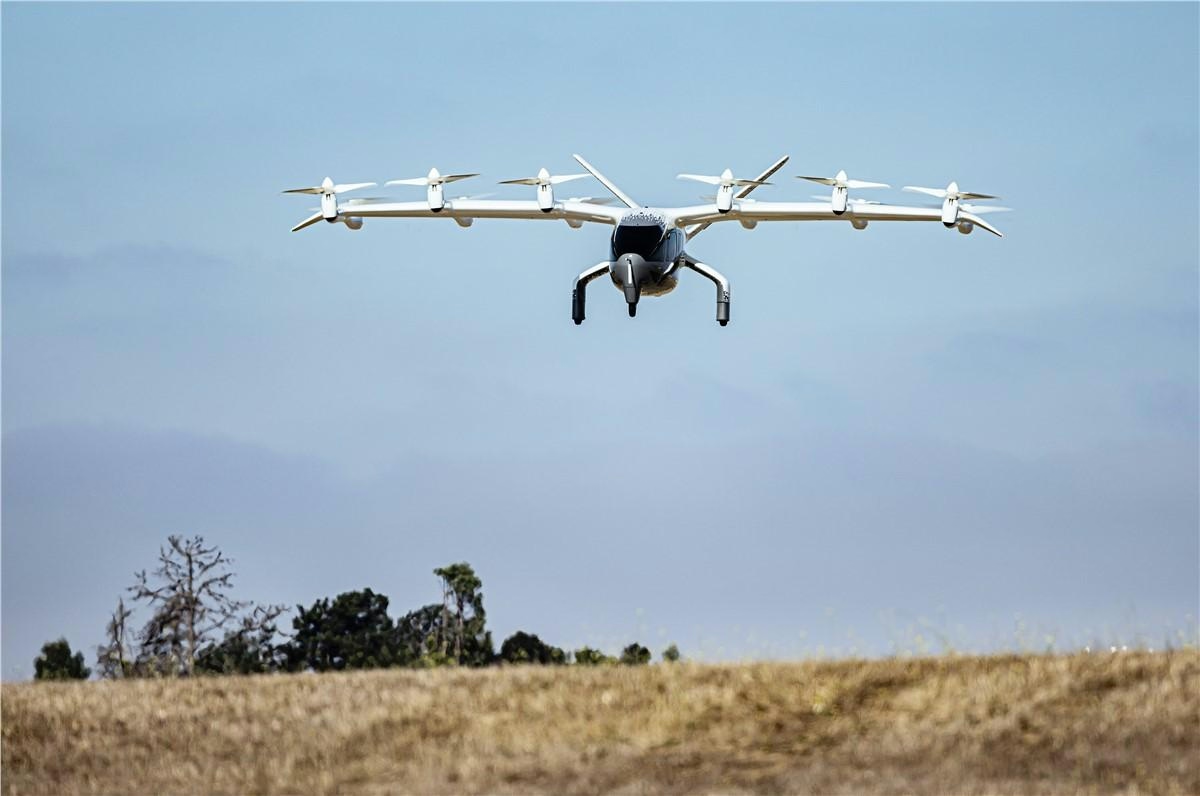
Joby Aviation Debuts Air Taxi at Dubai Airshow
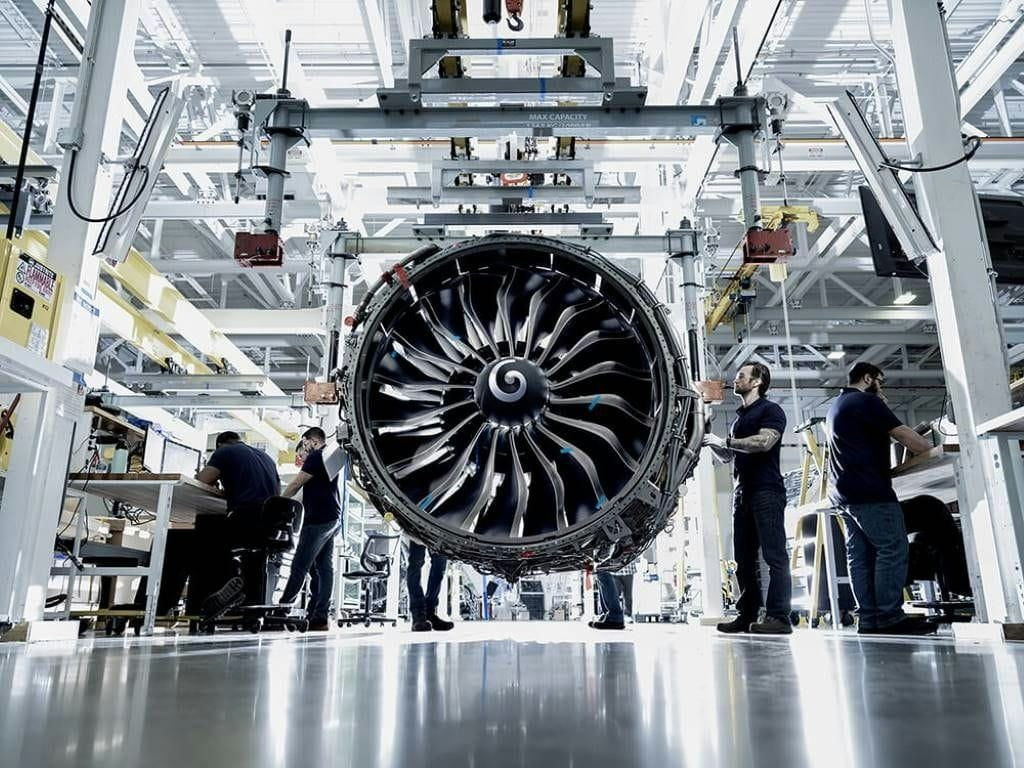
CFM International Advances LEAP Engine Development

AMMROC and Boeing Sign Memorandum of Understanding for Collaboration
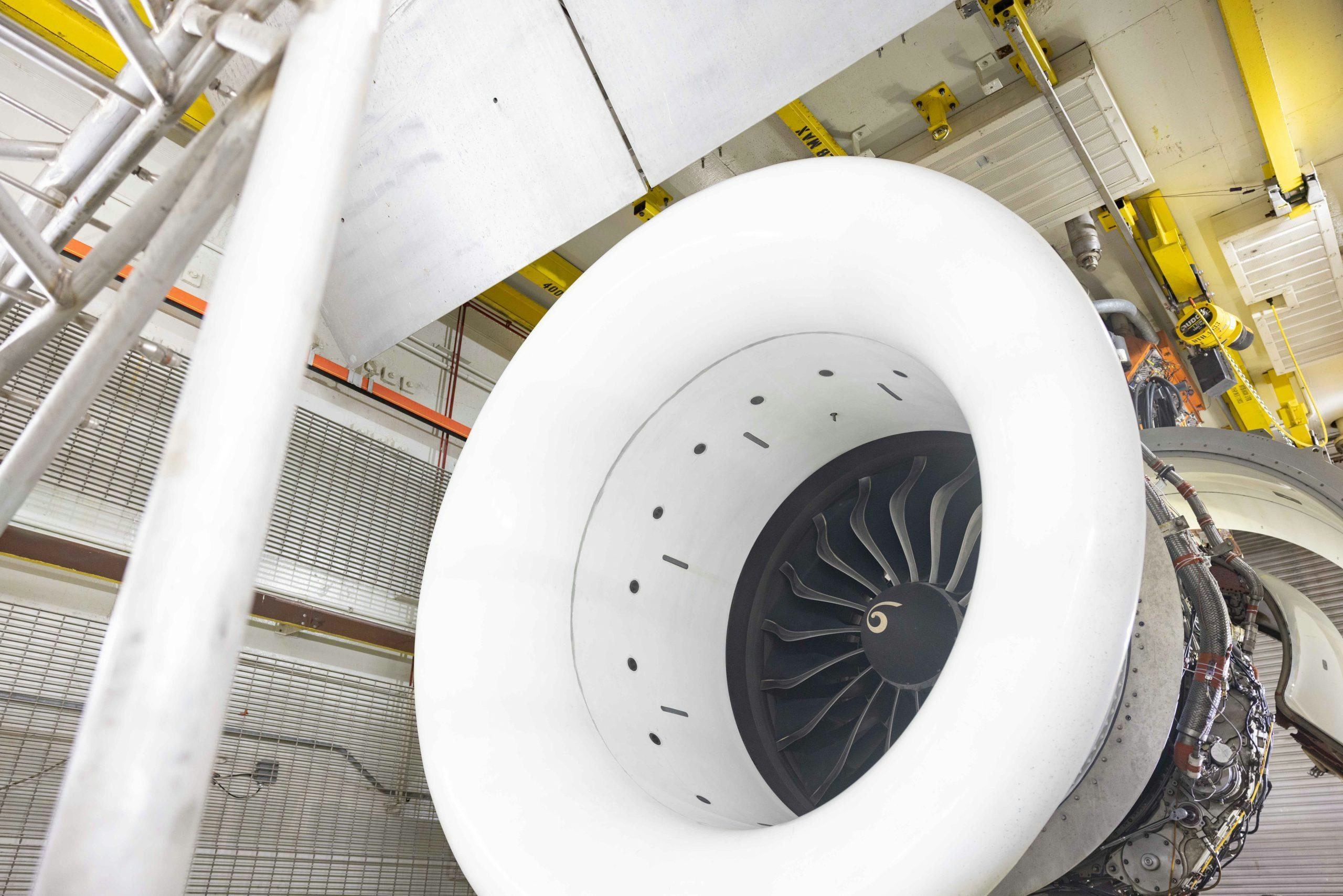
Avolon Orders 100 LEAP-1A Engines for Airbus A320neo Fleet

Joby announces three new vertiports for Dubai network
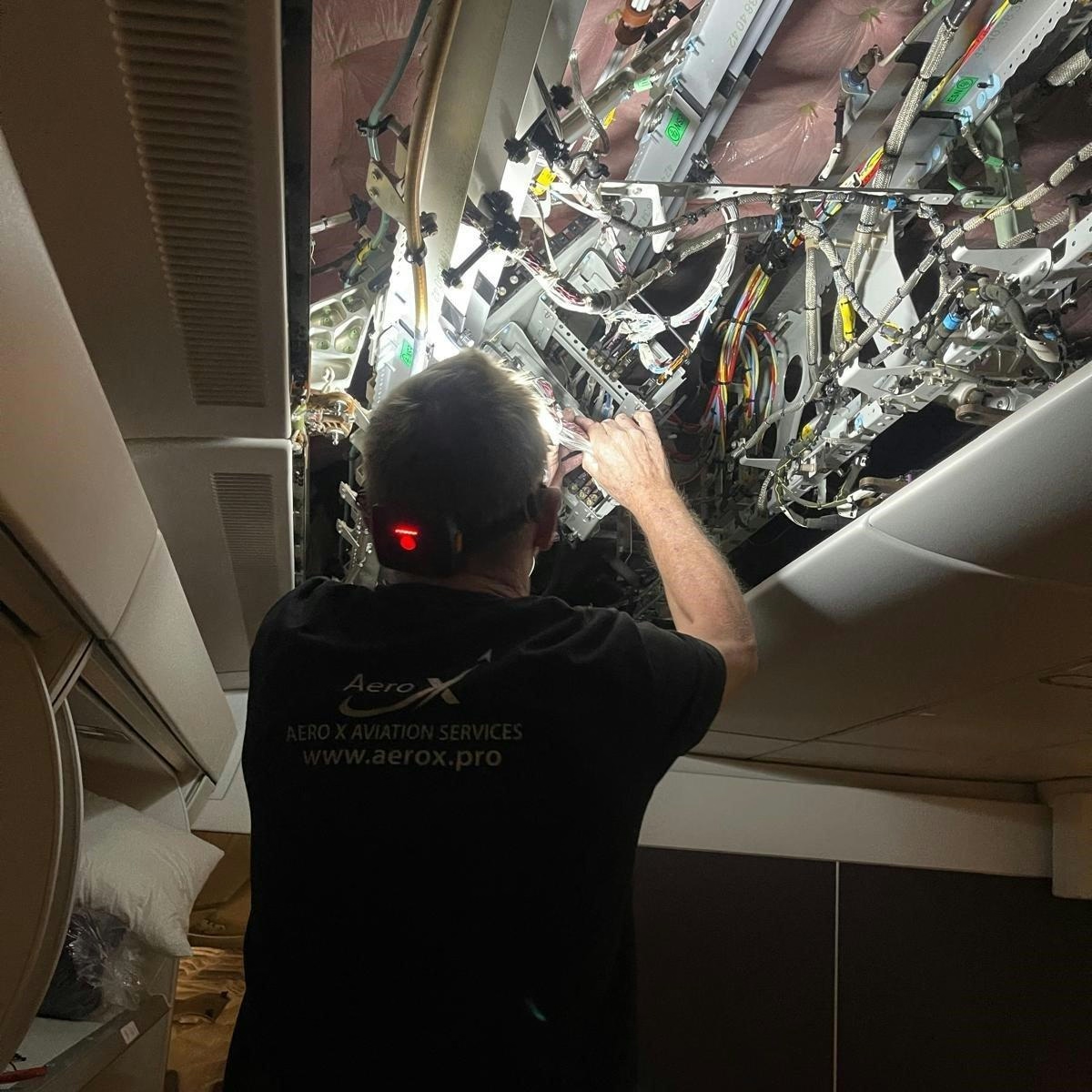
Vallair and AeroX Form Partnership for Rapid Starlink Installations
